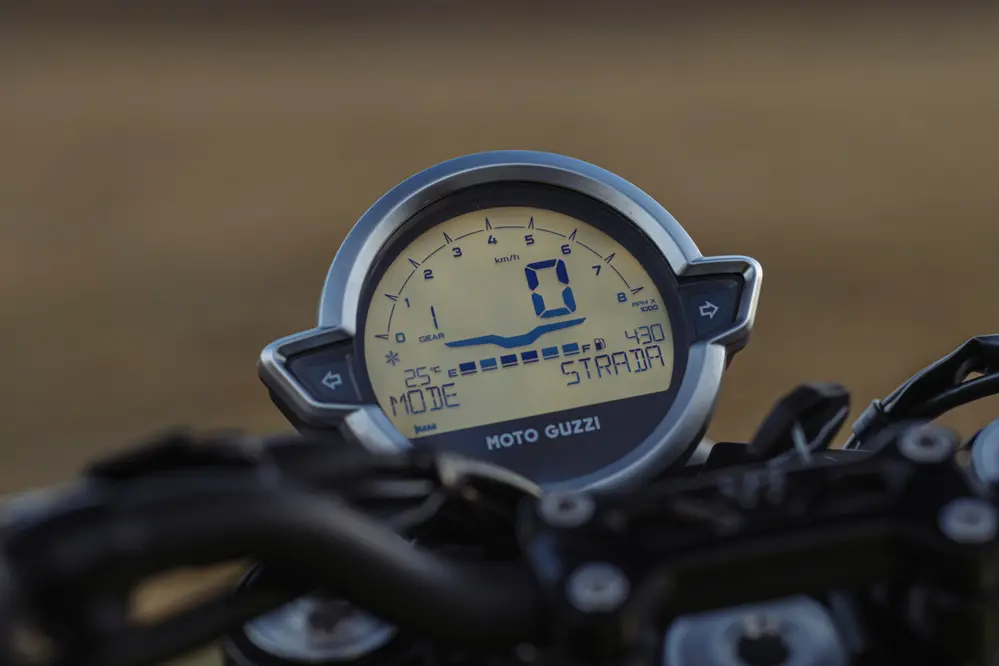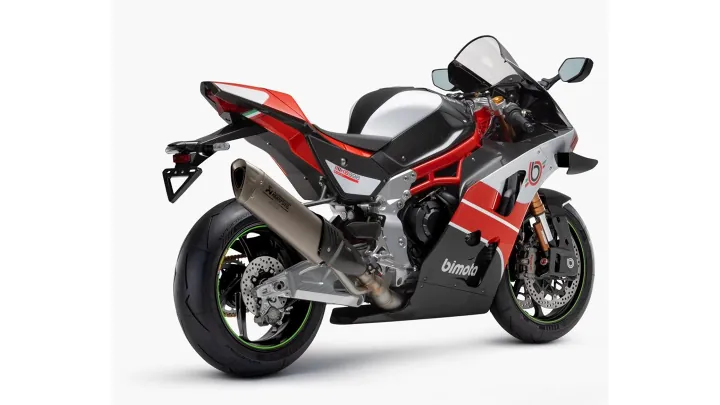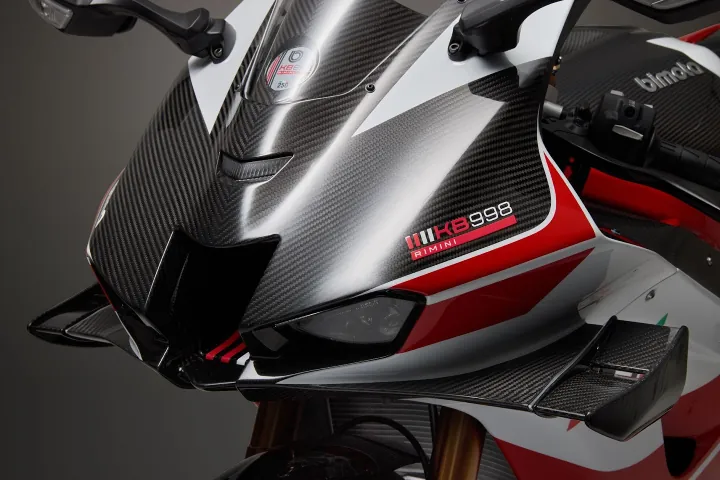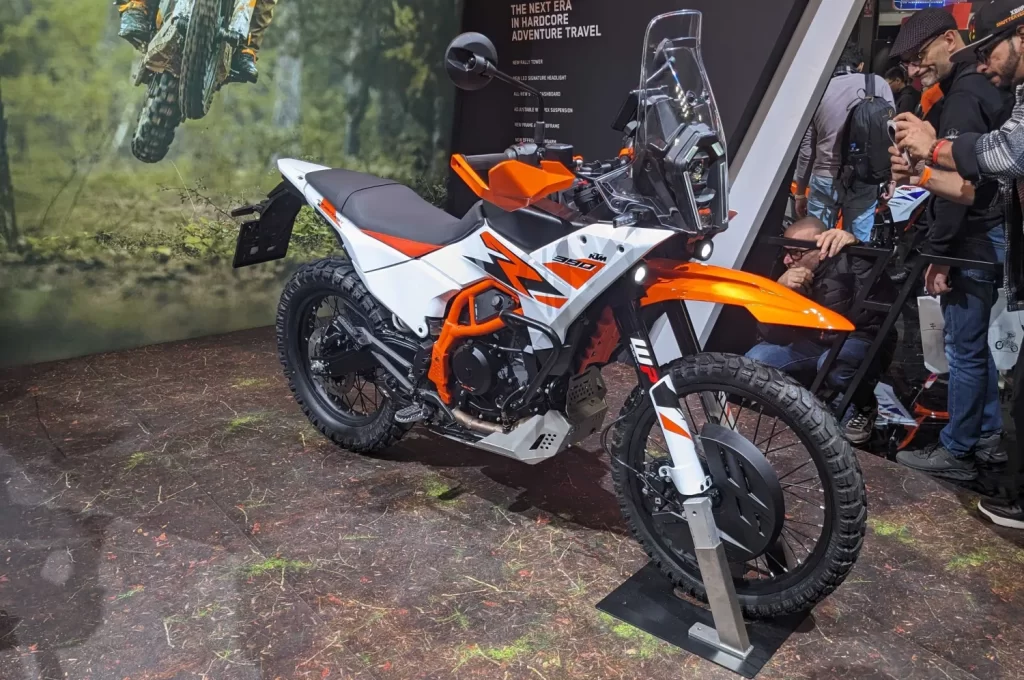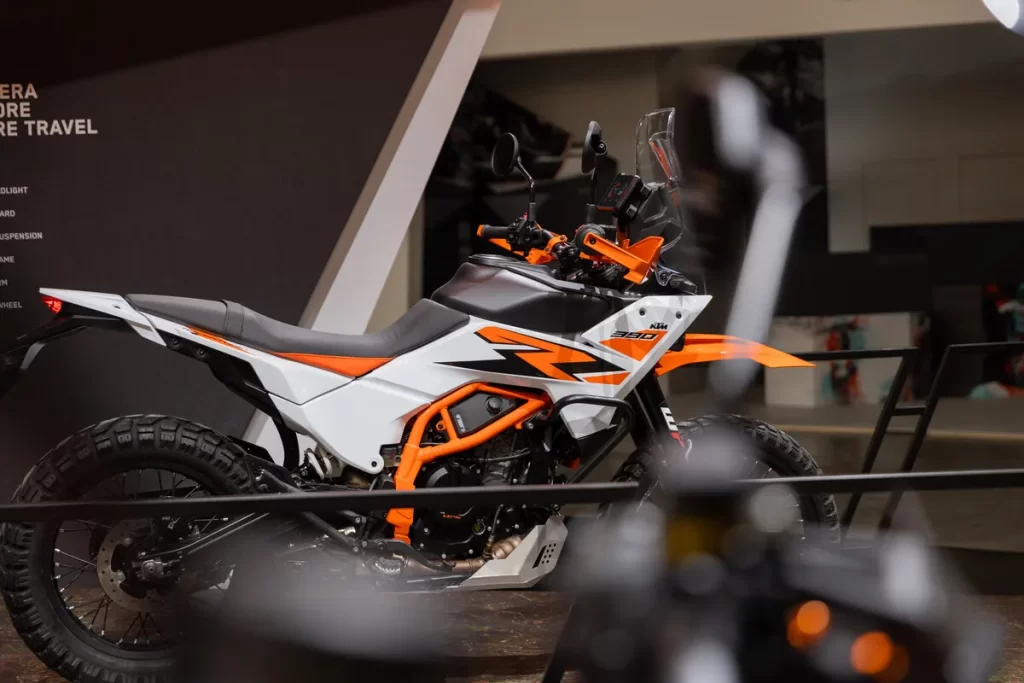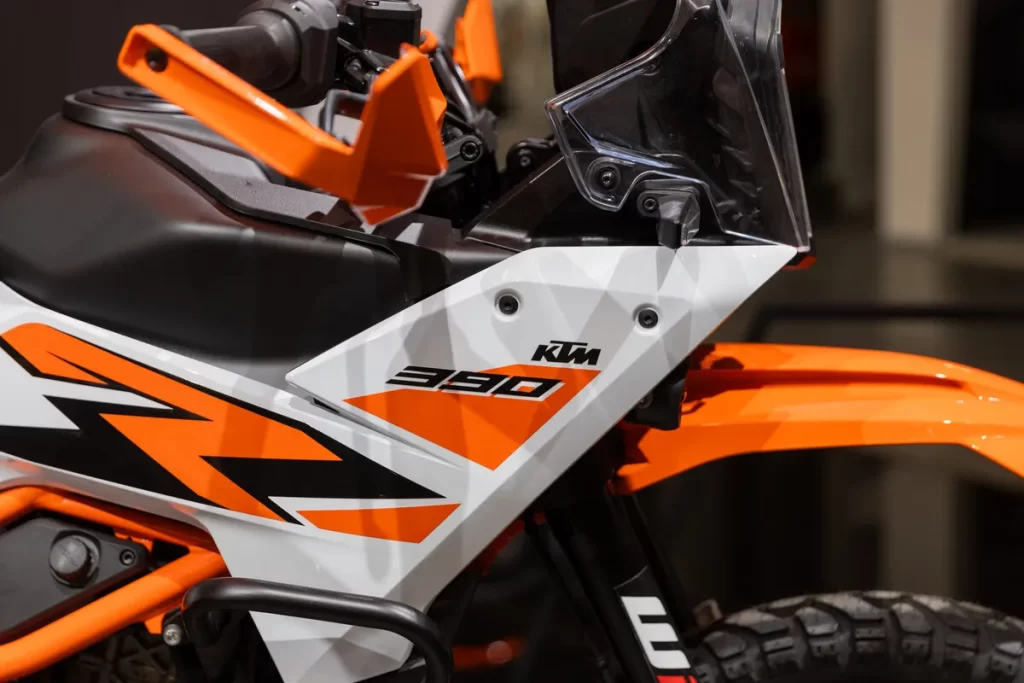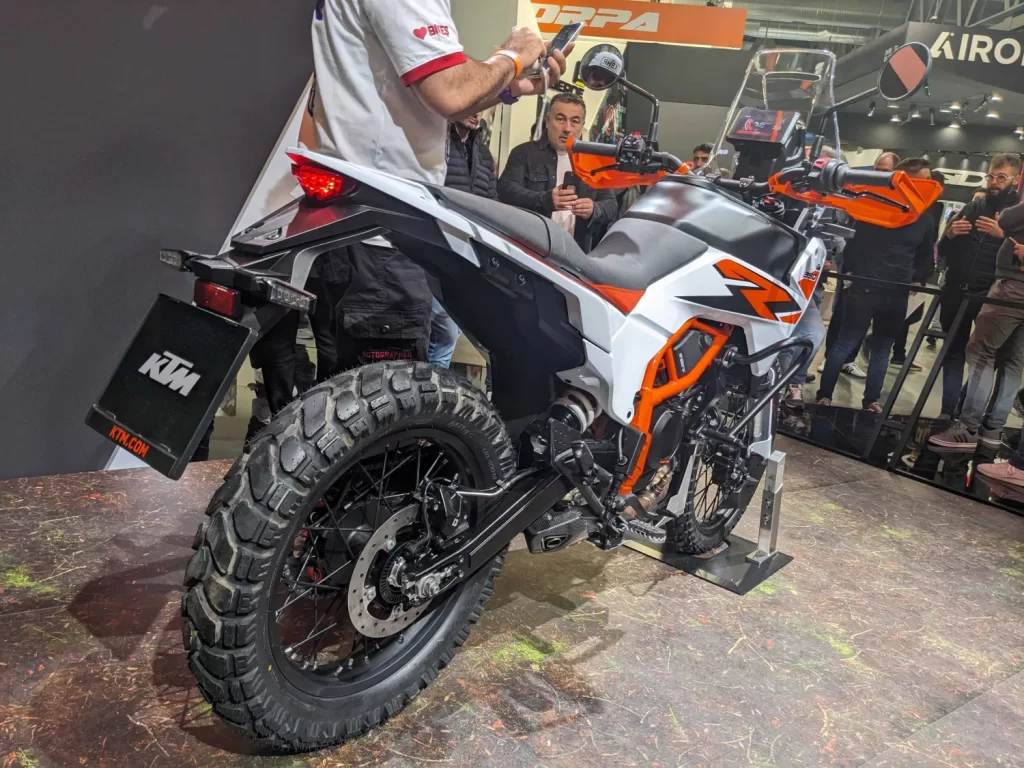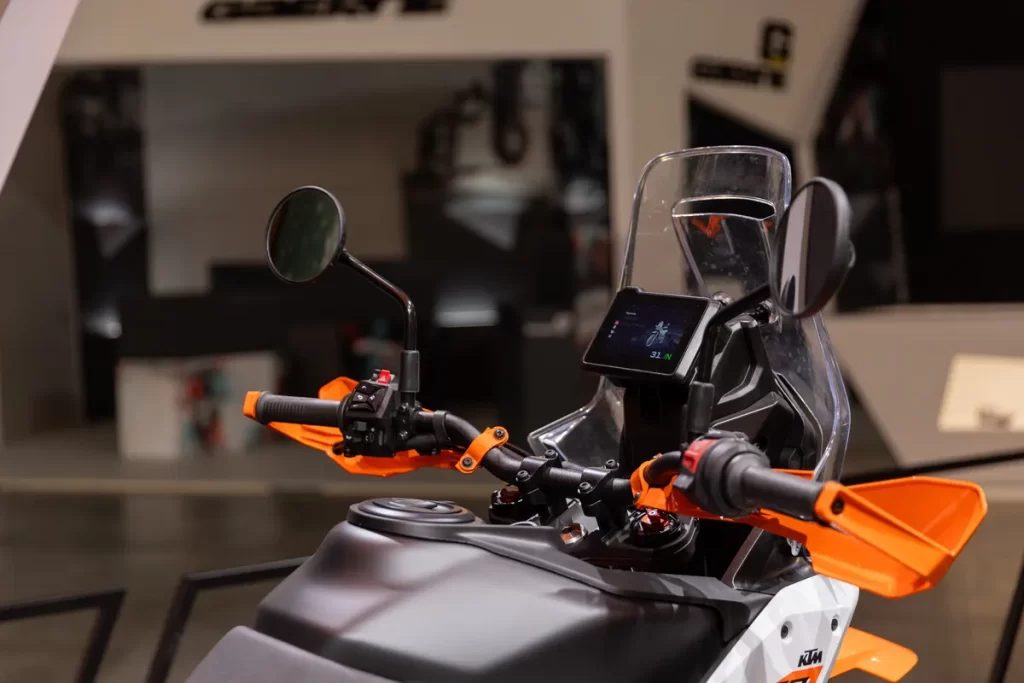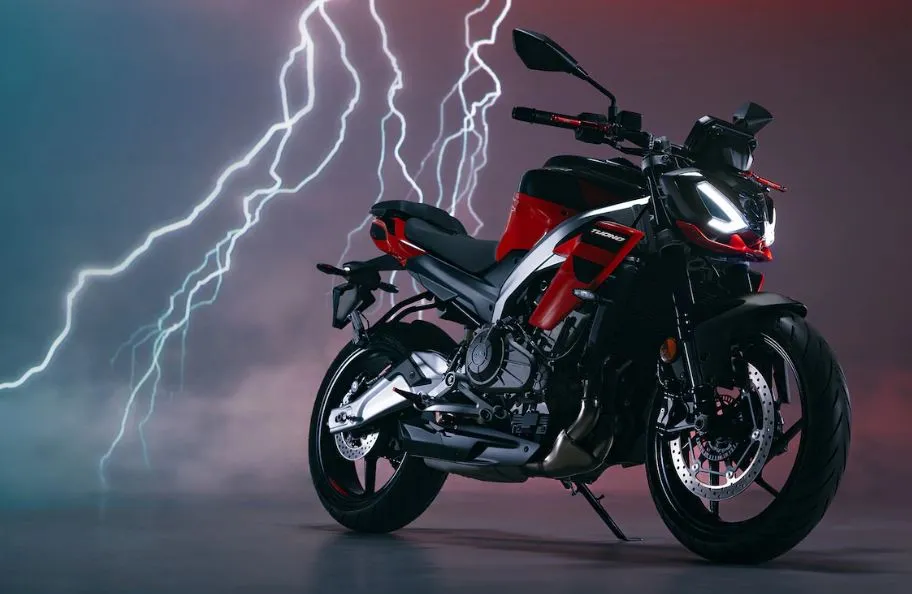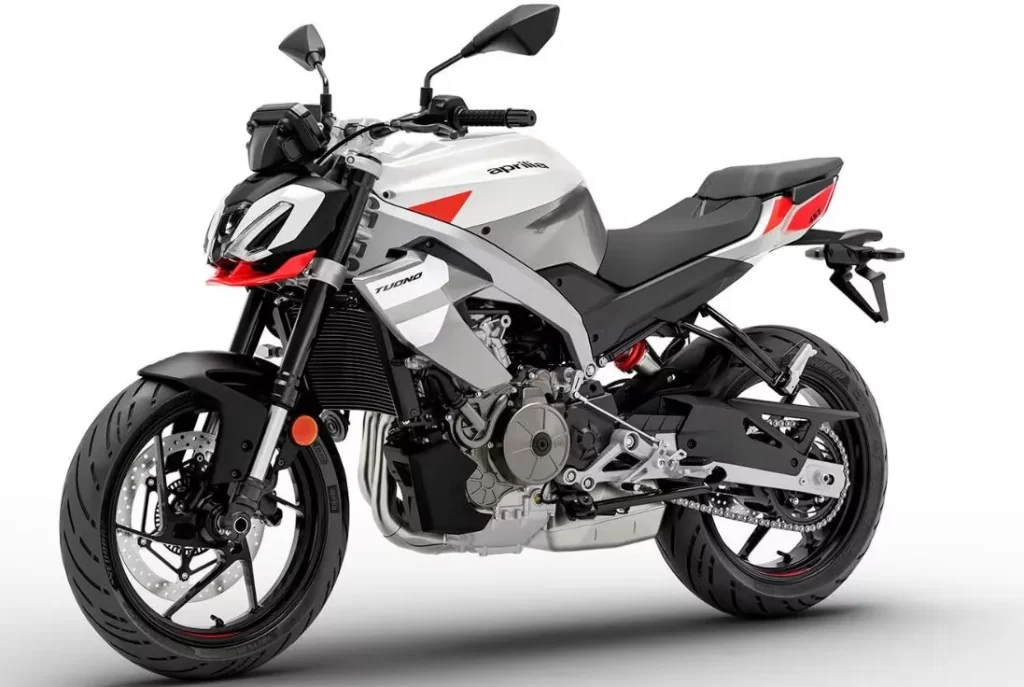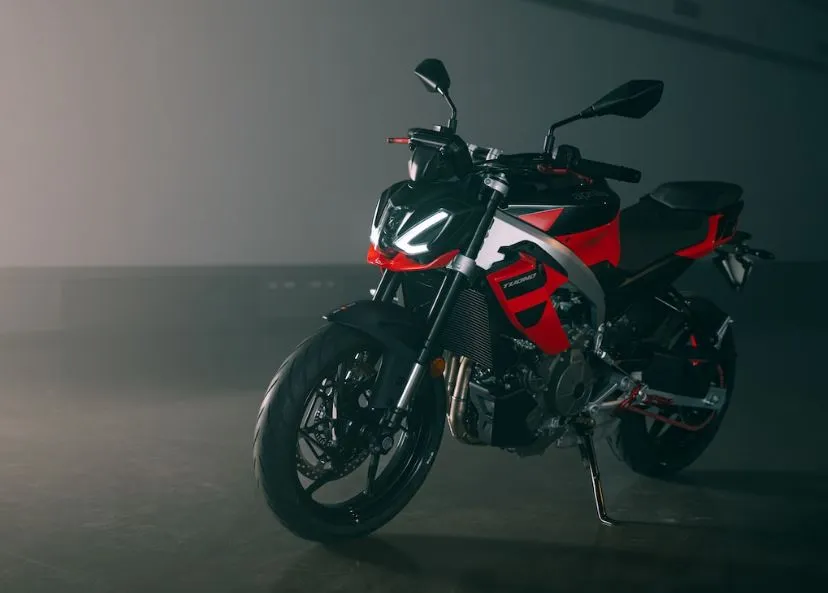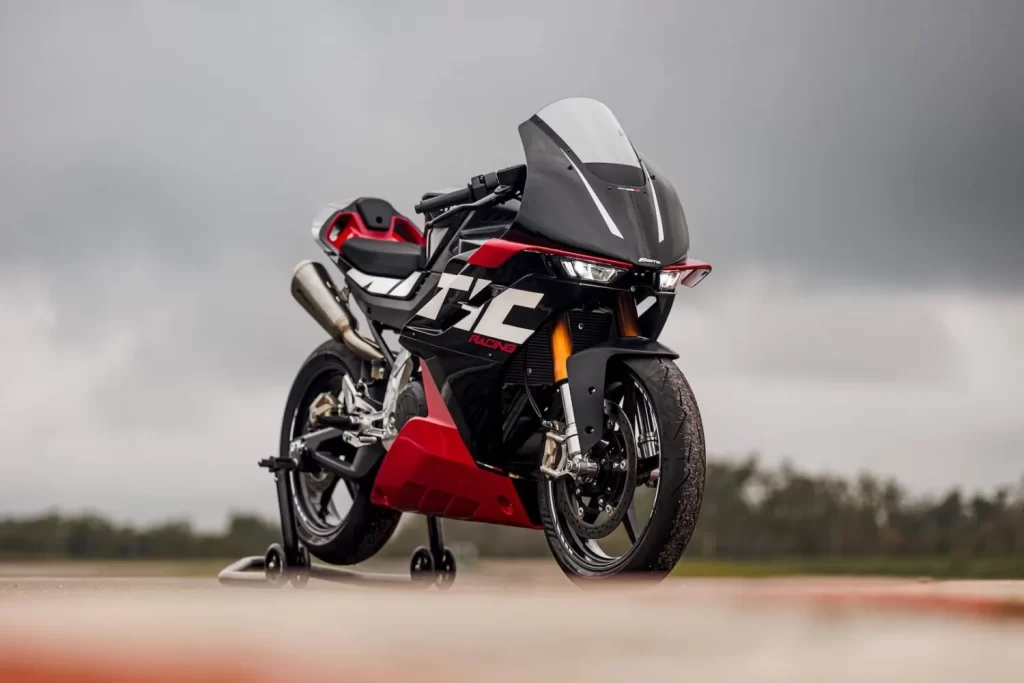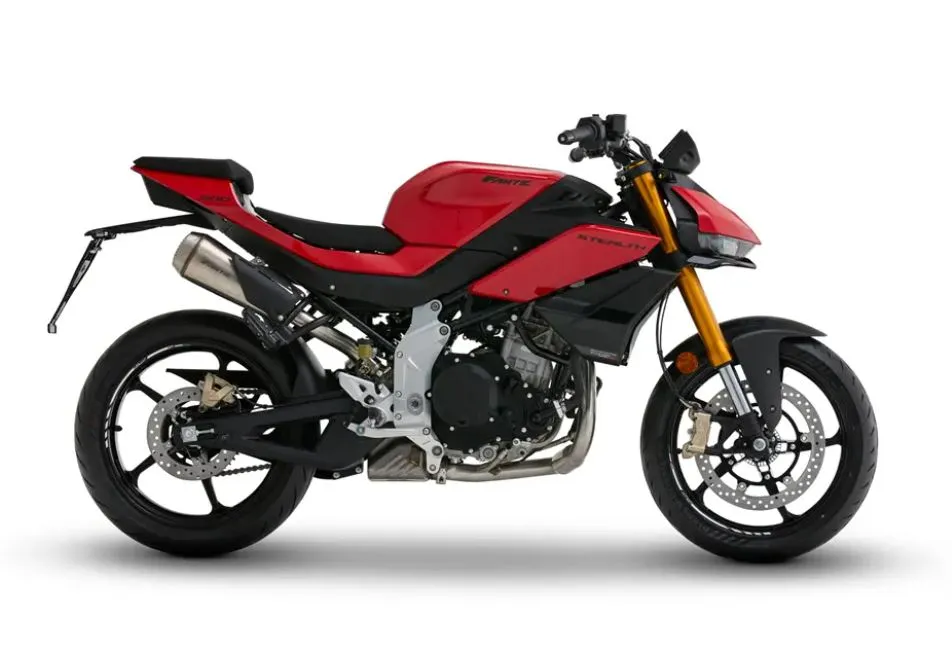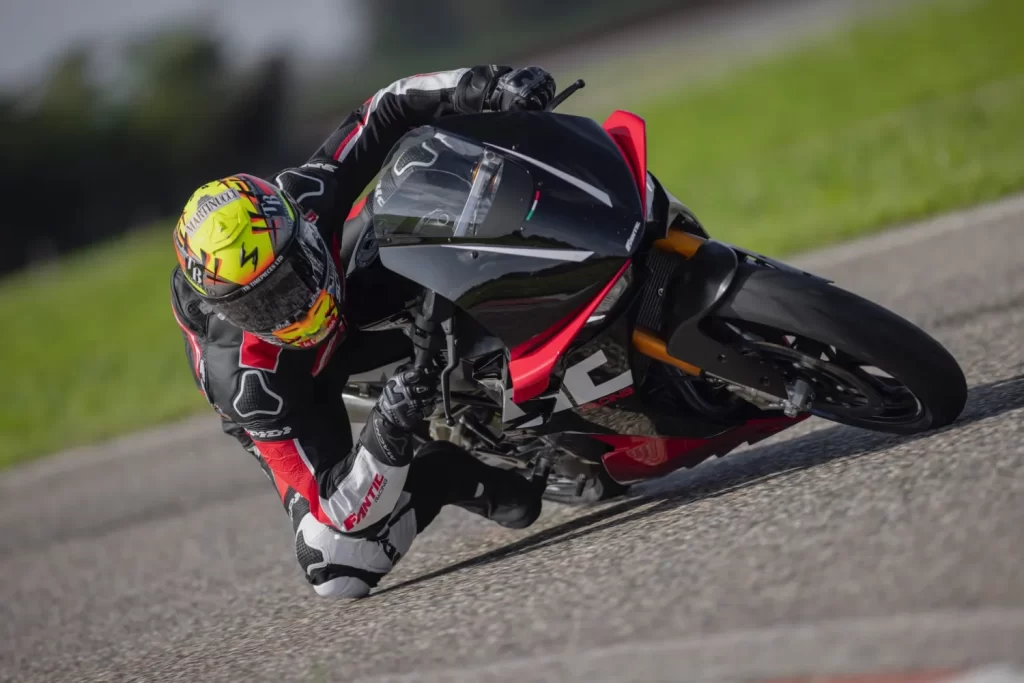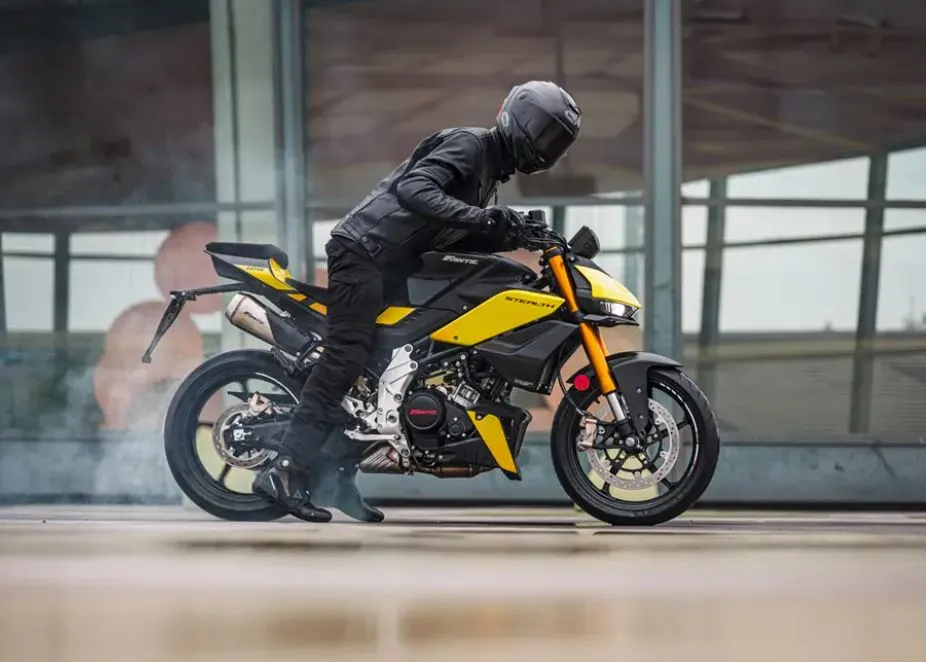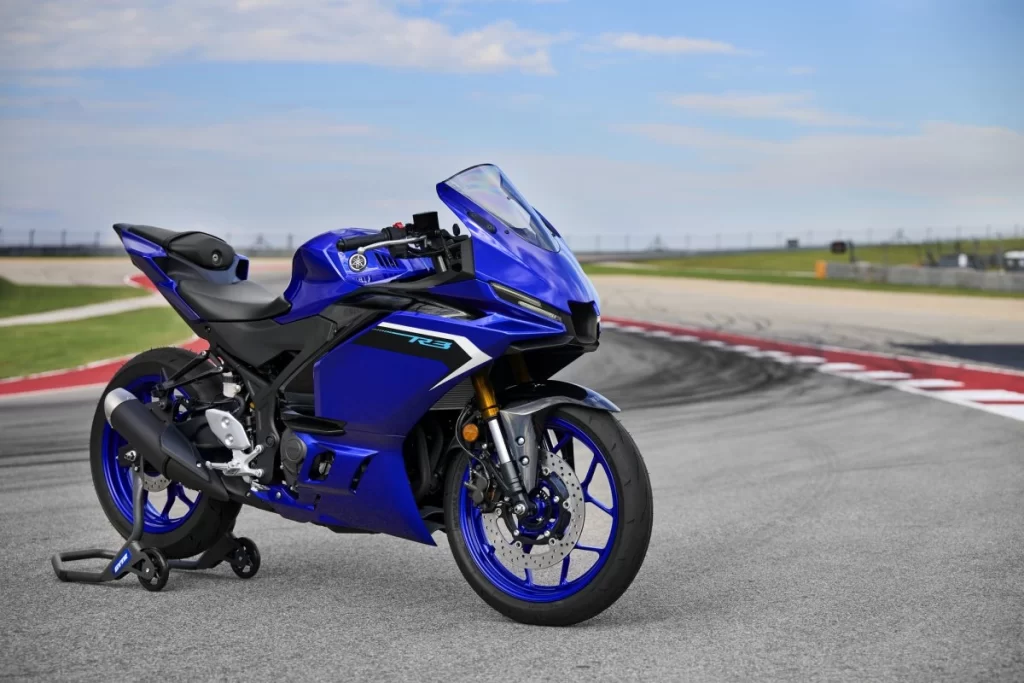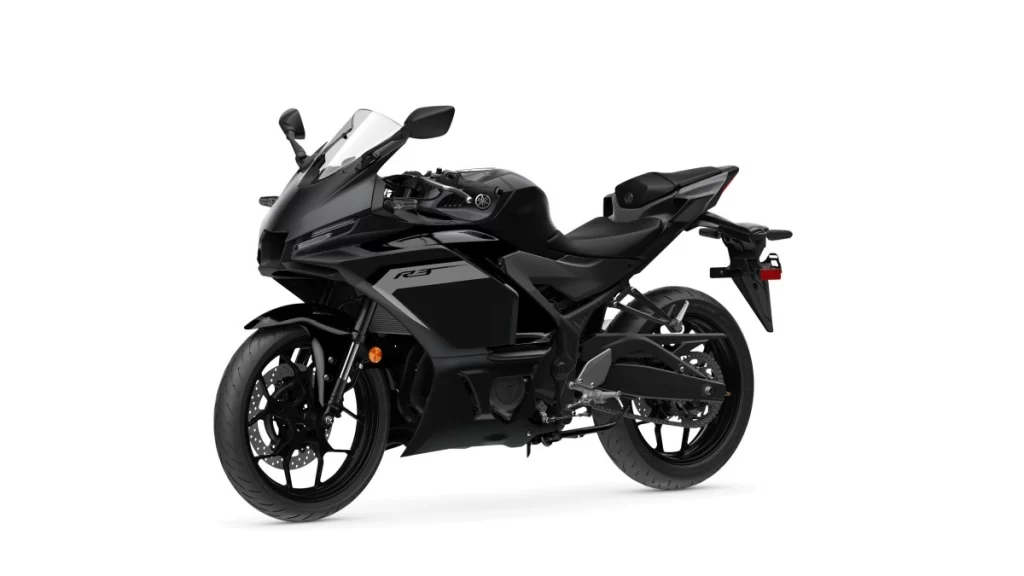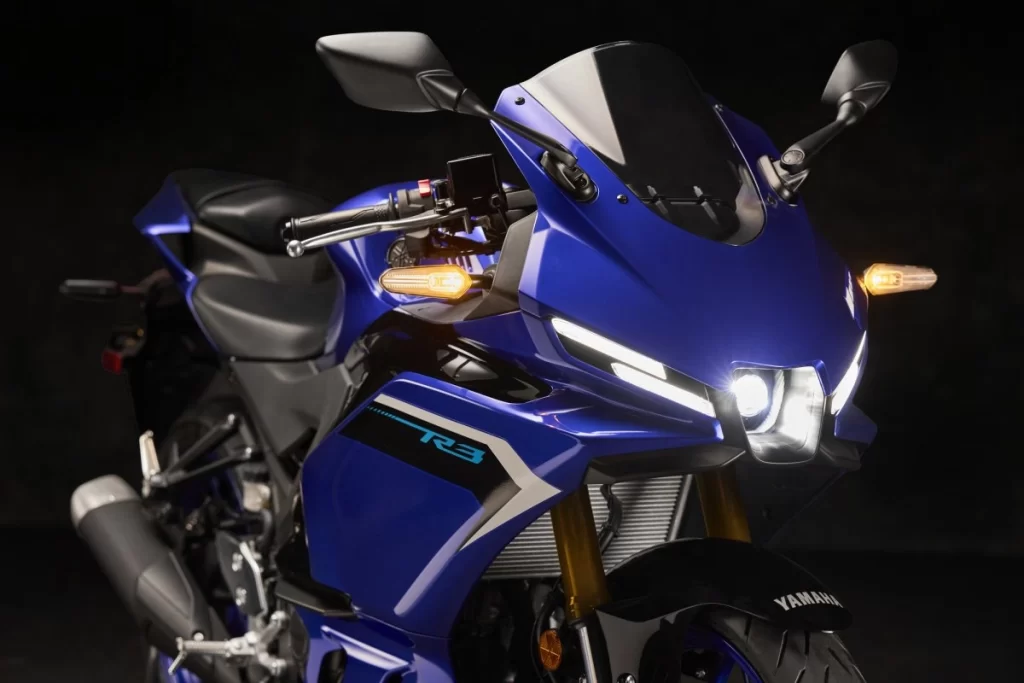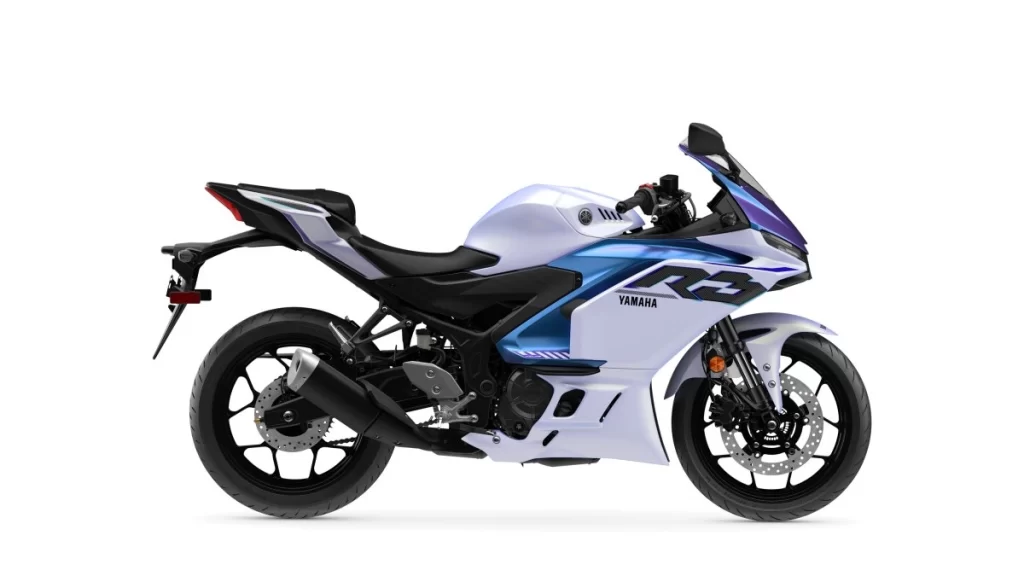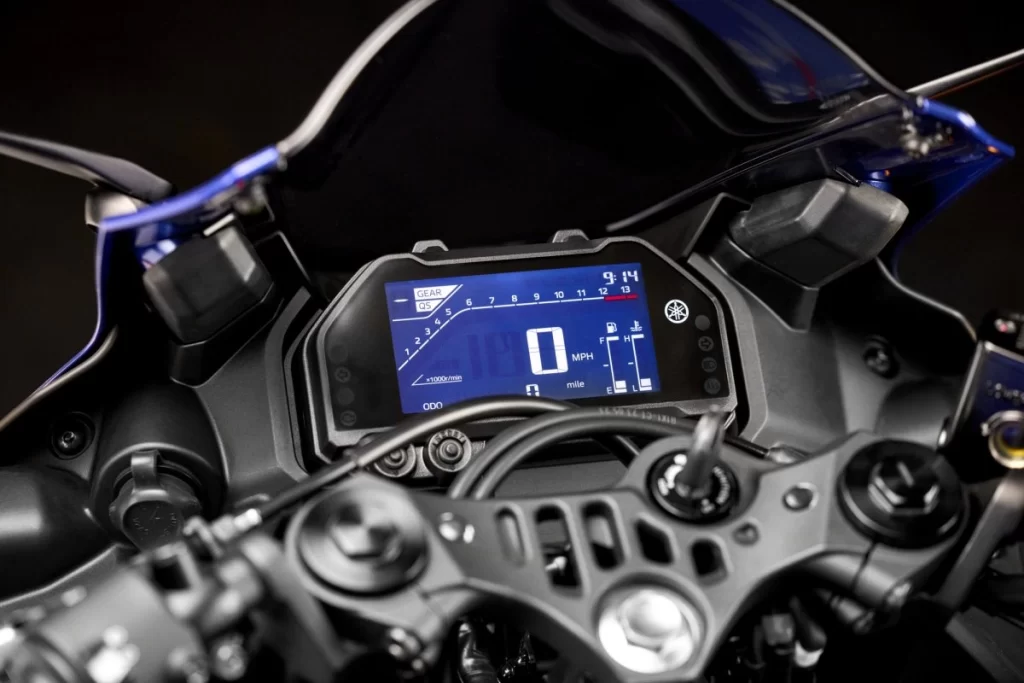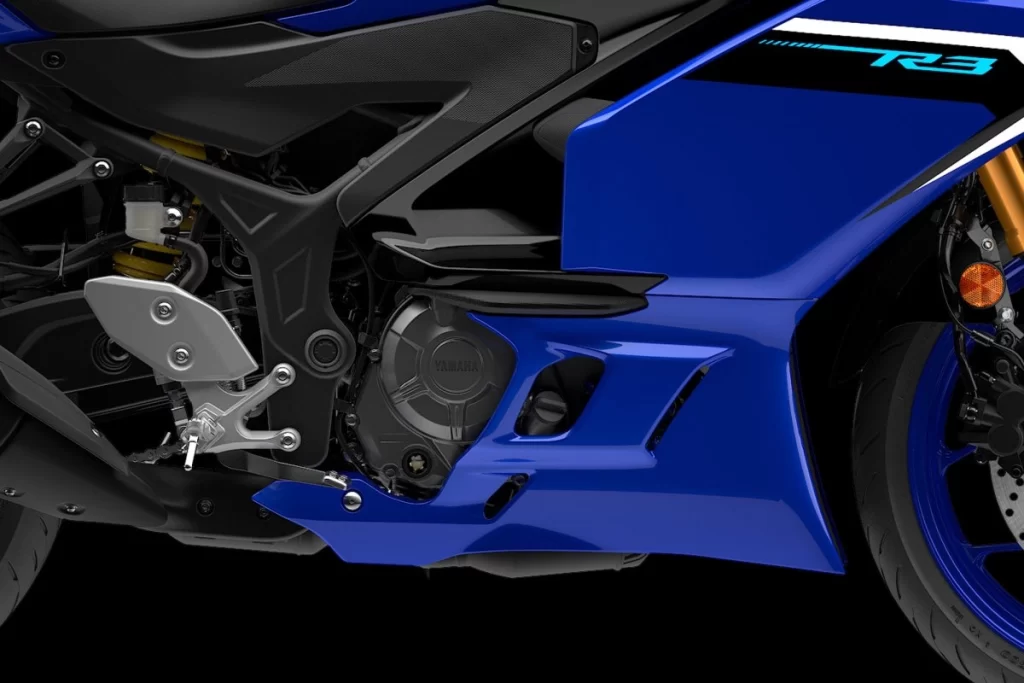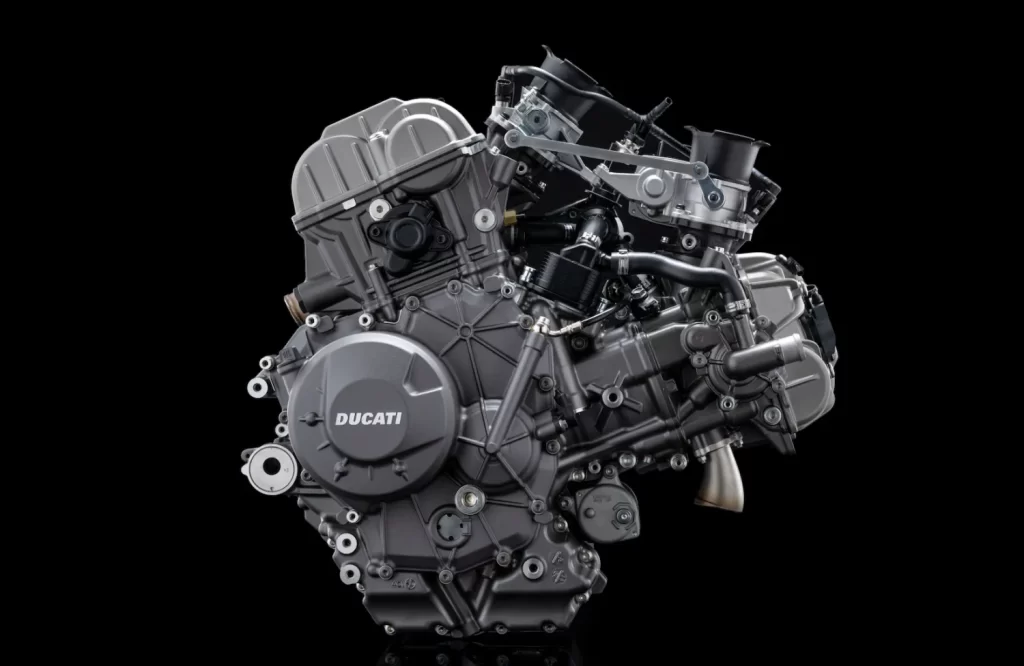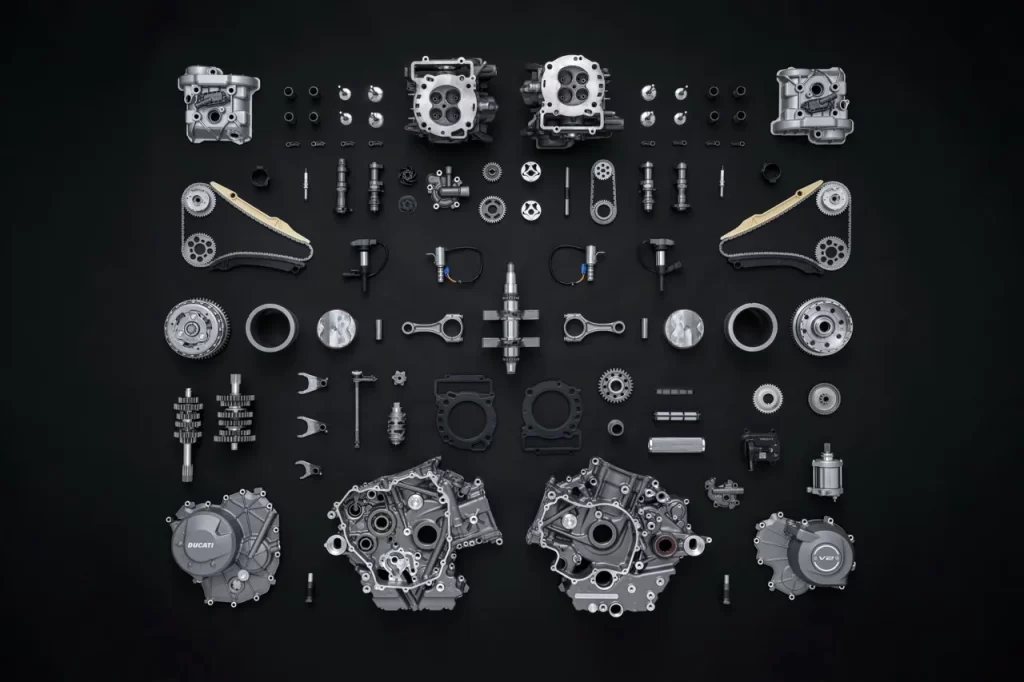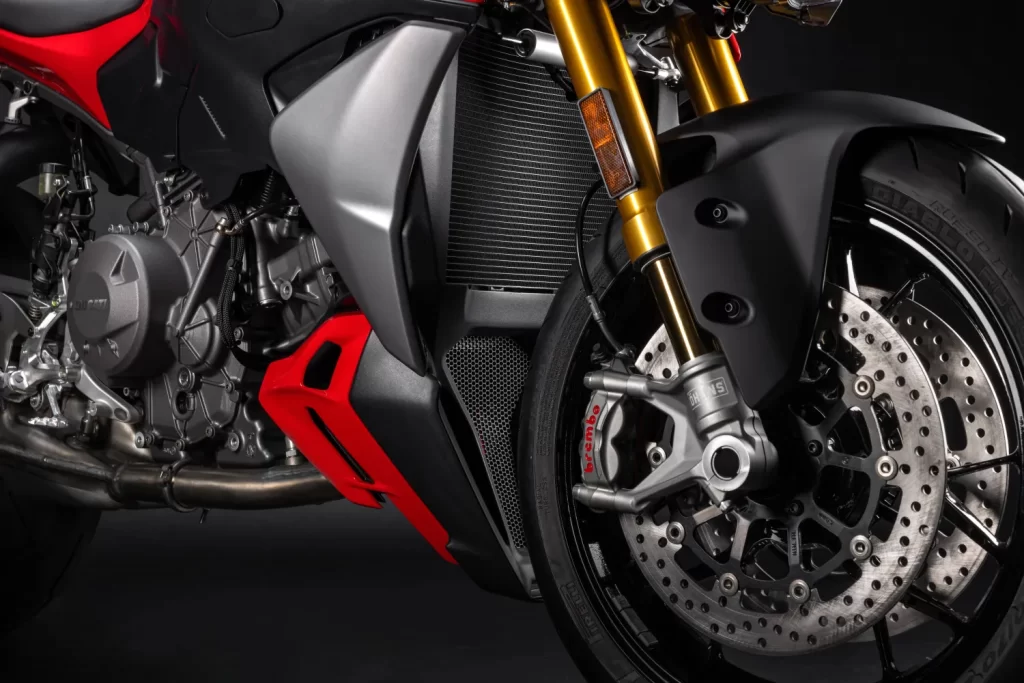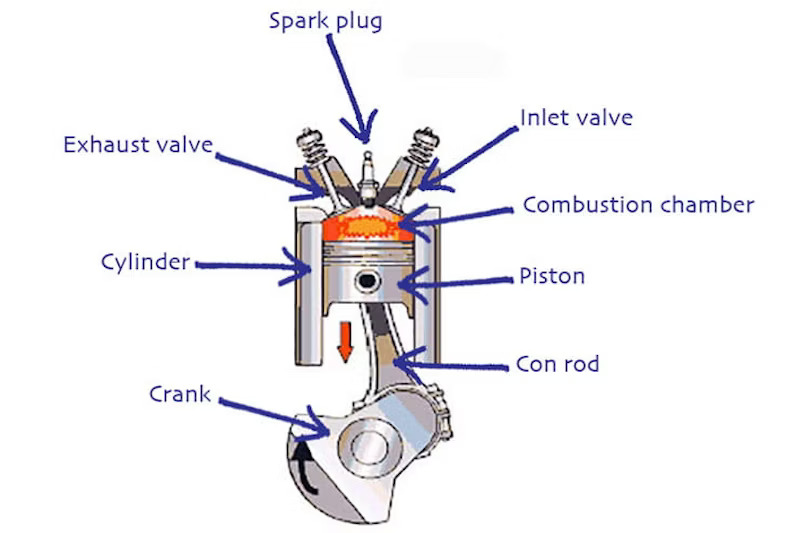The 2025 Moto Guzzi V7 range will sport several updates to bring it up to date with its contemporaries, along with the launch of a new V7 Sport. The V7 Sport receives the highest specifications, while the V7 Stone and V7 Special get several updates, too.
Firstly, all three variants share the same 853cc, tranversely-mounted, 90° V-Twin engine, which in now Euro5+ compliant. There is a 4% power increase, bringing the maximum to 66.4hp at 6,800 RPM, while torque increases from 72.9Nm to 79Nm. 85% of that maximum torque is available from 3,500 RPM.
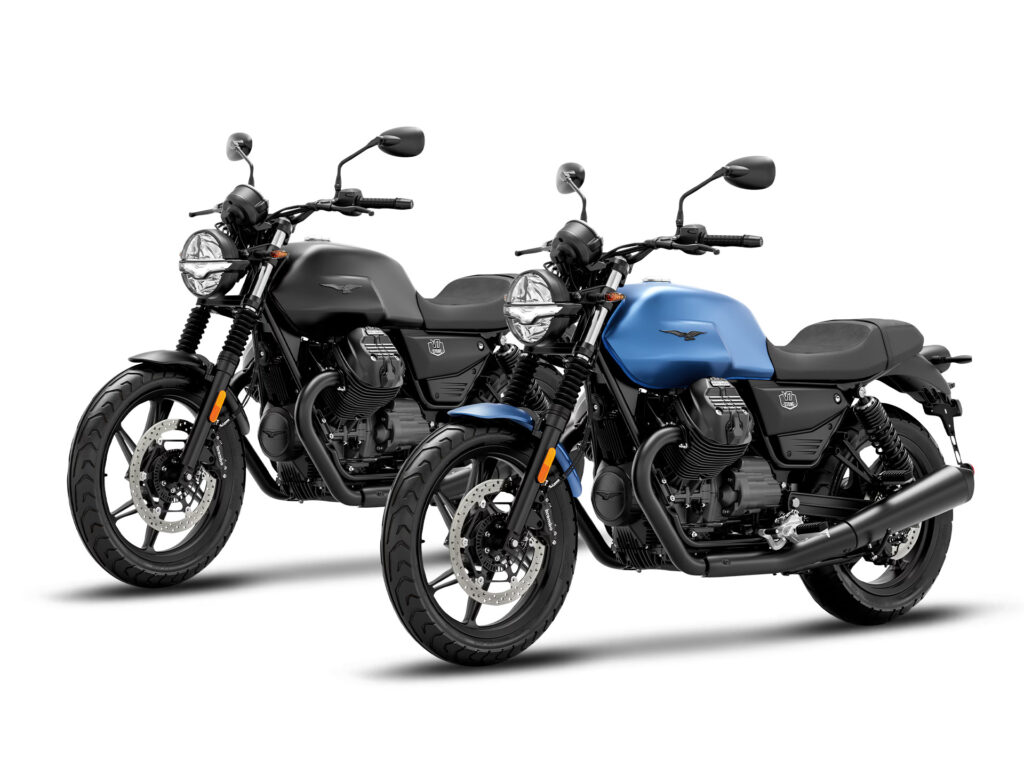
The airbox’s volume increased 27% resulting in those power and torque gains. Piston cooling is also improved via an enhanced oil jet system.
The throttle has gone from a cabled system to a ride-by-wire system, opening up the possibility for ride modes. The V7 Sport has three modes: Sport, Road, Rain. The V7 Stone and V7 Special has only Road and Rain modes. The V7 Sport also receives a six-axis inertial measurement unit (IMU) for lean-angle sensitive ABS and traction control.
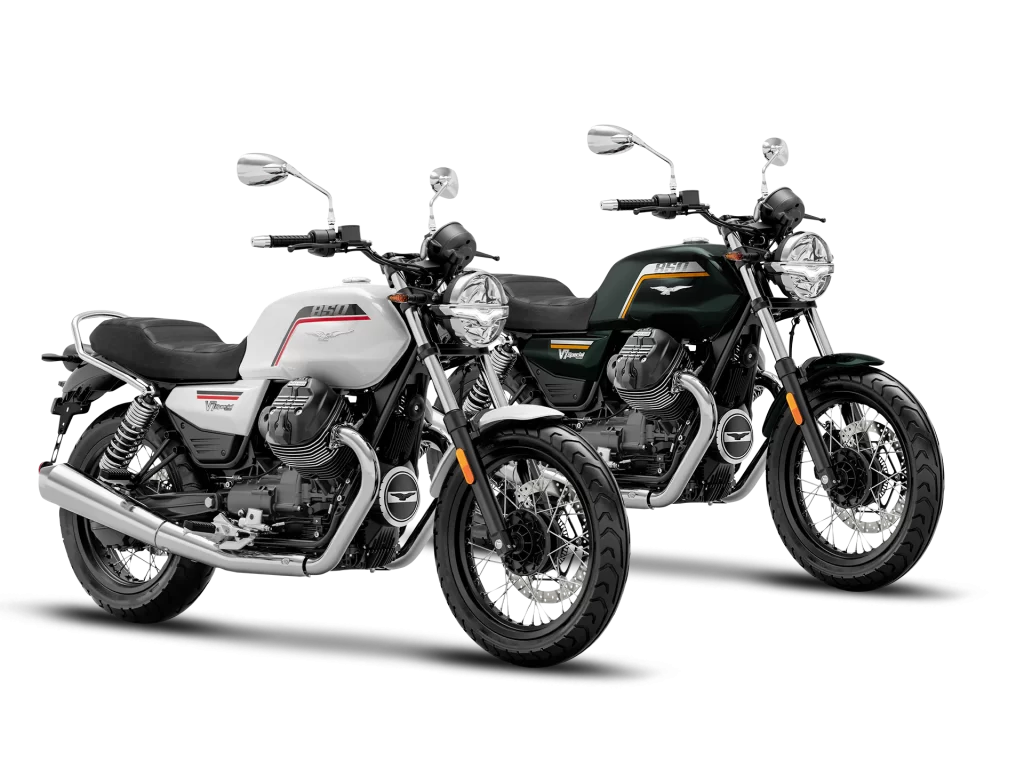
Suspension and brakes on the V7 Stone and V7 Special remain unchanged, but the V7 Sport gains new preload-adjustable 41mm upside-down forks, and preload-adjustable twin shock absorbers at the back. The wheels on the V7 Sport are also lighter cast alloy, dropping 1.8kg off its weight compared to its siblings.
The 2025 Moto Guzzi V7 Sport also has dual 320mm floating discs, radial-mounted Brembo monobloc 4-piston calipers, and uprated master cylinder up front.
A switch from cable throttle to ride by wire enables the introduction of riding modes too, with the Stone and Special getting ‘Rain’ or ‘Road’ options, and the Sport getting an additional ‘Sport’ function. Ditching the old-school cable throttle means the V7 now gets cruise control too and has also allowed the use of more aggressive valve lift profiles, boosting performance.
The headlight is now LED, dumping the archaic halogen lamp. The switchgear blocks have likewise been revise to accommodate new functions including cruise control. There are also revisions to the side panels, rear mudguard, and exhaust.
Prices for all three 2025 Moto Guzzi V7 have not been revealed.




